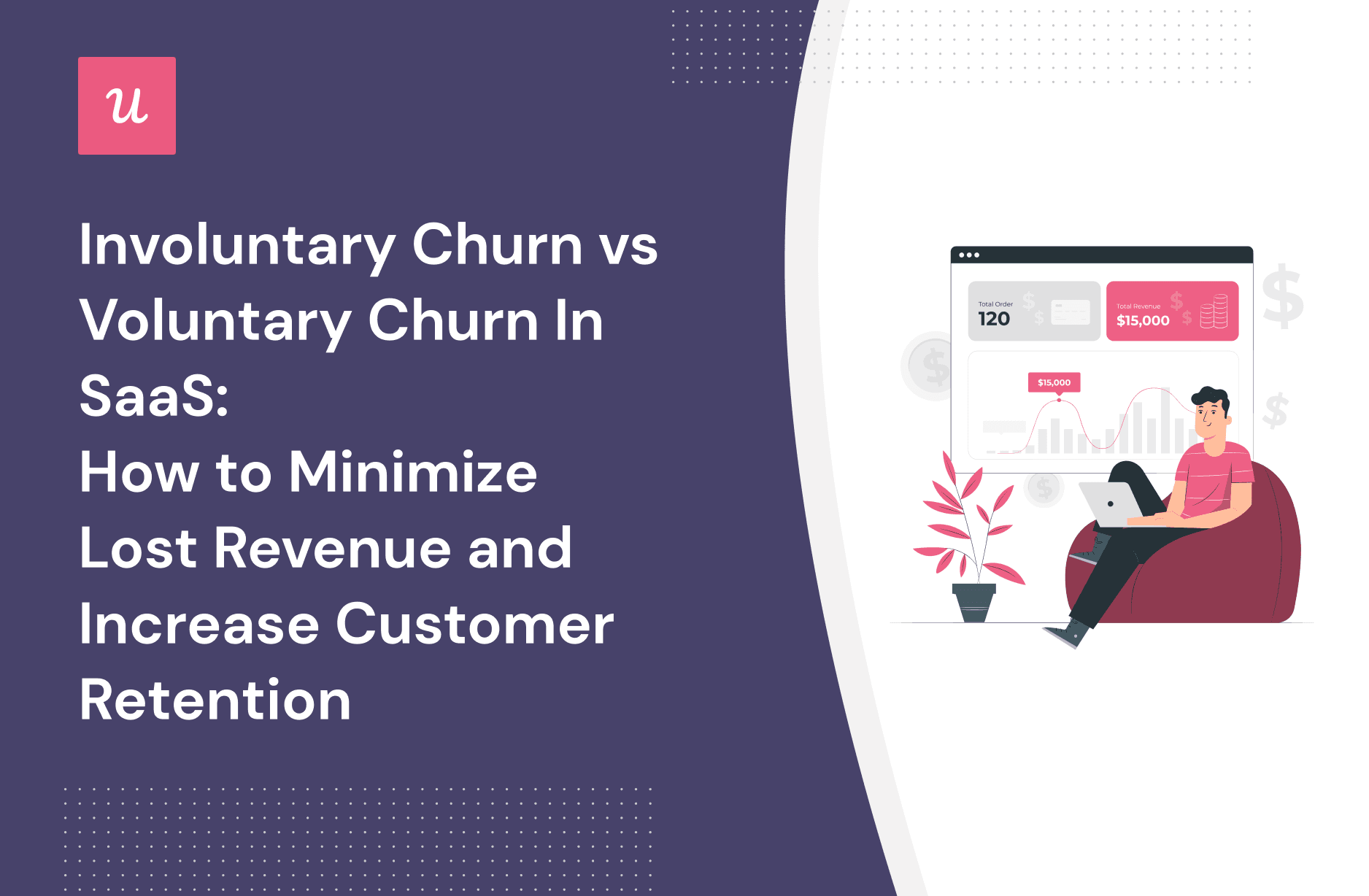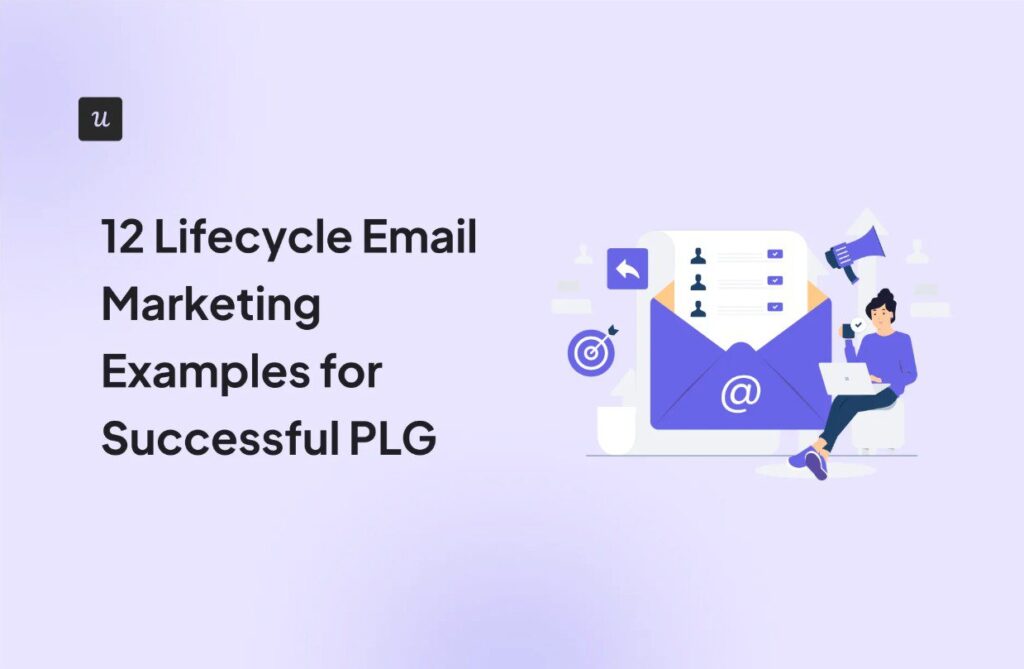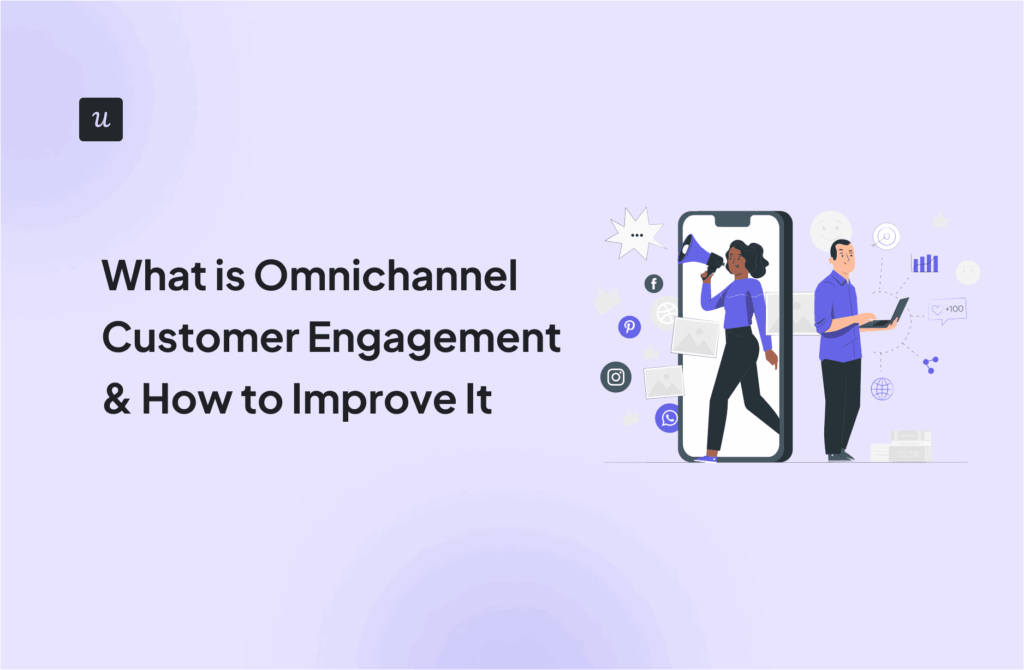
Involuntary Churn vs Voluntary Churn in SaaS: How to Minimize Lost Revenue and Increase Customer Retention
Involuntary churn vs. voluntary churn: How do they affect SaaS businesses?
Even a successful business will lose customers at some point. In the business world, there’s a term used to describe the rate at which customers stop using a product or service — customer churn.
And in today’s post, you’ll learn what factors lead to customer churn, like user sentiment, product experience, or payment issues. More importantly, you’ll learn how to deal with customer churn, whether involuntary or not.
Get The Insights!
The fastest way to learn about Product Growth, Management & Trends.
What is involuntary churn?
Involuntary churn happens when a customer can’t continue using a service for reasons that are partially or entirely out of their control. This leads to lost revenue for SaaS companies.
Involuntary churn is sometimes referred to as passive churn or delinquent churn.
Customers who belong to this category aren’t necessarily dissatisfied with the product. It’s just that they won’t bother or won’t notice and fail to correct the issue, causing them to churn involuntarily.
Voluntary churn vs. involuntary churn
So how is voluntary churn different from involuntary churn?
Voluntary churn happens when customers cancel their subscriptions on their own and it can totally be prevented.
While there are plenty of possible reasons why they’d want to do that, it usually boils down to dissatisfaction with the product or service.
For instance, some customers cancel subscriptions because the product lacks the needed features. Others do so because they’re not happy with customer support.
Involuntary churn benchmarks: Should you worry?
How big of a problem is involuntary churn? Is it worth worrying about?
The churn rate for B2B and B2C companies is almost the same, with the former having a slightly higher involuntary churn figure.
The voluntary churn rate for B2B companies is 3.50%. B2C companies have a voluntary churn rate of 4.04%.

So, yes. Involuntary churn does have an impact, and it’s something you should keep in mind.
Most common reasons for involuntary churn
So what causes involuntary churn?
Here are some of the most common ones.
Payment failure due to expired cards
Payment failures happen when customer credit cards expire.
And to be fair, most people aren’t aware of their credit card expiration date. They could be months into their subscriptions before credit card issuers get in touch about failed payments.
The longer the subscription period, the likelier it is for credit cards to expire. That’s a huge problem for subscription companies.
Payment fails due to insufficient funds
Customers that use debit cards as their payment method need to make sure they have sufficient funds. If not, then it will lead to involuntary churn.
Not flagging charges as recurring payments
Some subscription companies make the mistake of not flagging payments as recurring even if customers indicate they should be.
And when credit card companies see these sorts of transactions go through their system, they will not process them as a precautionary measure.
The worst thing that could happen is that customers will call to clarify the transaction. It’s a win-win for the credit card company and its users. But this means involuntary churn for SaaS companies.
Failed transactions due to credit card limit
New customers sometimes fail to consider their credit limit when signing up for an online service. And when they hit their limits, credit card companies will cease payment processing.
Customers won’t know about the payment processing issues until it’s too late. And that’s bad news for subscription businesses.
Failed payments: Hard declines vs. soft declines
When banks decline payments, they can implement a hard or soft decline depending on the situation.
What’s the difference between the two?
A soft decline refers to situations when banks can approve the transaction but encounter an issue. Think of problems like wrong billing information, insufficient funds, or a maxed-out credit limit.
Most cases of involuntary churn are due to soft decline.
A hard decline is way more severe. Banks will not process the transaction because it suspects fraud or thinks it’s processing a stolen credit card. Closing bank accounts might also lead to a hard decline.
Why is it important to know the difference?
Companies can’t do anything to fix a hard decline other than work directly with the customer to find a solution.
However, there is something they can do to fix soft decline issues. Sometimes, all it takes is to process the payment a second time for it to push through.
How to reduce involuntary churn and prevent payment failures
Yes, involuntary churn is unavoidable in most cases. But there are things you can do to reduce involuntary churn with a good churn management system in place.
Here are some tactics you should consider implementing.
Use in-app pre-dunning messages
You should send customers an in-app notification when their credit cards are about to expire. Sending them a message before their plans renew is also a good idea.
However, you’ll want only to use this feature for annual subscriptions. Don’t alert customers of pending payments monthly, as that can get annoying.
Use a banner to let customers know when their plan is about to expire and remind customers that they should update their payment method to enjoy continuous service. It’s a non-disruptive way that can prevent involuntary churn with very little effort.

Send payment reminders via email
It’s always good to have a backup plan. In addition to an in-app pre-dunning message, you should also send email reminders.
Adobe does a great job sending renewal notices to its customers.
Their notices even come with instructions on where and how users can manage their plans. The only thing that could improve this is if Adobe included a direct link to the customer’s billing info.

Booking achieves the same goal in a slightly different way.
Not only does it remind its users about an upcoming payment, but it also prompts them to verify their payment method, so they don’t lose the reservation. There’s even a button that lets customers update their credit card information immediately.

Email customers before their credit cards expire
Send customers an email reminding them that their credit card is about to expire. This goes a long way toward reducing involuntary churn.
But how far in advance should you send your reminder?
Banks typically send their users a new card 30 to 60 days before their old one expires. So you can send email reminders 30 days before the expiration date.

Send post-dunning emails
Sometimes a dunning message isn’t enough to stop involuntary churn. If an account goes delinquent, you’ll have to send post-dunning emails to give customers a chance to rectify the issue.

What does a post-dunning email look like?
Here’s an email Mural sends its customers when subscription payments fail to push through.

Having the link where users can update their information right there is a nice touch.
Offer grace periods and use in-app notification banners
Do you want to continue reducing involuntary churn and keeping customer relationships alive?
Then don’t cut off users from your app after failed recurring payments. Instead, let them continue using the product but let them know that something is wrong.
Keep in mind that some of your users aren’t necessarily the ones responsible for making payments.
For example, a large company’s rank-and-file employees use products like Creative Cloud while its billing department makes sure Adobe gets paid every month/year.
Cutting off access will only annoy people who might have nothing to do with the billing system. But you still want to ensure they don’t abuse your generosity. You must strike the right balance.
Take StoryChief as an example. The company lets users continue using its app with limited functionality until the customer actively decides to address the problem.

If you don’t want to restrict your app’s functionality, you can try giving users a grace period instead. But you should have a banner that reminds customers to settle their outstanding debt.
It’s all about communication. Here’s an example of what that banner might look like.

Put up an in-app paywall after the grace period ends
If customers still don’t pay after receiving several notices, add a paywall that will prevent them from accessing the app or their data.
Just look at how Baremetrics handles non-compliant customers. This is the most intrusive way and should be used as a last resort.

Prevent soft declines by retrying failed payments
Some credit card payment solutions like Stripe have features that let businesses retry charging customers up to four times if transactions fail. This can help keep involuntary churn rates down.
However, you’ll want to space out the attempts, so the transaction doesn’t appear fraudulent. And you’ll want to inform the customer of the issue straight away.
Most common reasons for voluntary churn
Why do customers choose to leave a product behind?
Some customers leave because they don’t feel like your product was able to deliver on its promises.
It’s also possible that the brand could not attract the right audience.
Customers also normally cancel subscriptions due to product issues like bugs and bad UX/UI. Missing features are a trigger for some people.
People will leave if there’s a sudden increase in pricing.
Remember that voluntary churn will lead to revenue churn. So you’ll want to pay close attention to your churn analytics and learn how to manage it.
How to reduce voluntary churn and prevent lost revenue
What are some ways you can reduce customer churn and improve customer retention at the same time?
Implement a customer success playbook
So what is a customer success playbook? It’s a way of focusing on one objective at a time and listing what you are going to do to get there. The playbook will push you to help your customers find success.
Here is a playbook example for getting users to the activation stage main objective. It lists the desired outcome, what that means, the strategy to use, and the exact tactics.

Collect and act on feedback
Improve your product and the user experience by listening to customer feedback. You can set up in-app feedback to get active feedback as quickly as possible.
Keeping the customer feedback loop open will allow you to improve your product features and design continuously, leading to lower voluntary churn rates.

You can also use recurring surveys like NPS to get more feedback from customers.
Not sure how to make an NPS survey? Creating an NPS survey through Userpilot is so easy. And with Userpilot’s new mobile features, you can now trigger NPS surveys directly in your mobile app, effortlessly gathering valuable user insights on-the-go.
Sign up for a Userpilot demo to see how.

Offer alternatives to churning with offboarding flows
User offboarding gives SaaS companies a better idea of why their customers are choosing to leave.
With a cancellation flow, you can ask questions that capture user sentiment right before they cancel their subscriptions.

Once the user selects one reason for churning, you can offer alternatives customized to the specific answer. For example, when someone chooses the lack of time as the main reason for wanting to cancel their account, you can offer them to pause their account and keep their data.
This way, you leave the door open and make it easier for them to start right where they left off.

Conclusion
Customer churn might is unavoidable. But you can do something to keep your churn rate low.
Learn how Userpilot can help lower involuntary and voluntary churn rates. Book a Userpilot demo today.





